Distributed Smart Energy Systems
IfA Open House - 3 December 2018
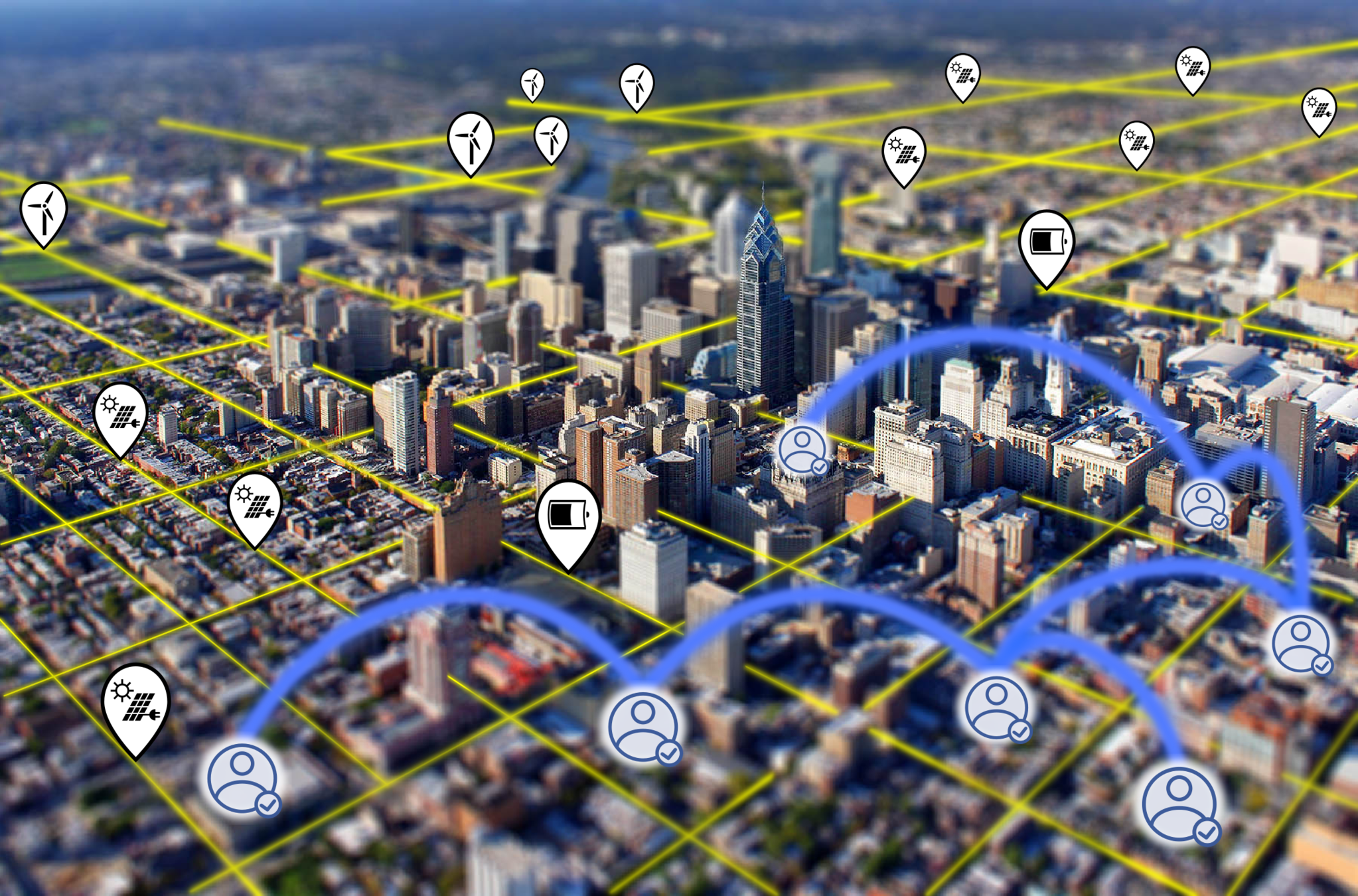
New technologies for power generation from renewable energy sources


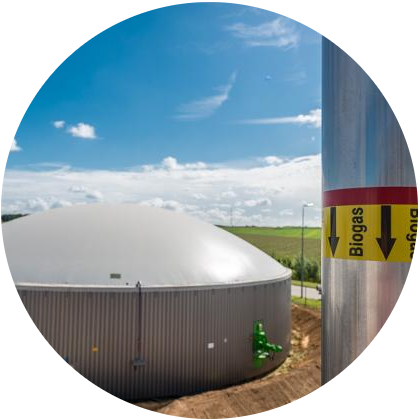
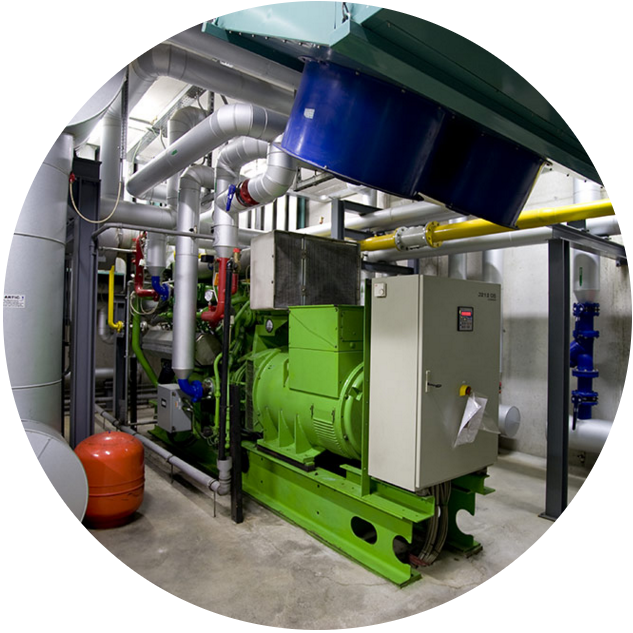
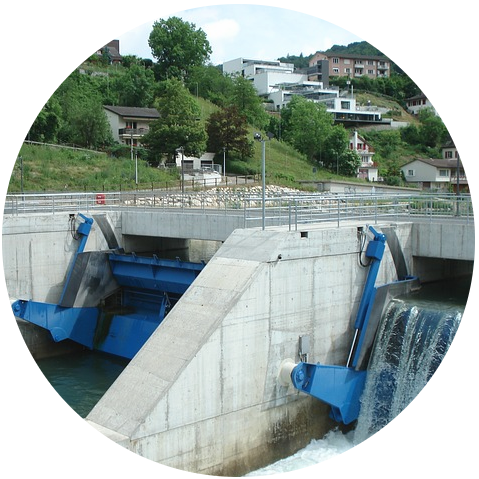
Ready for 100% renewables?
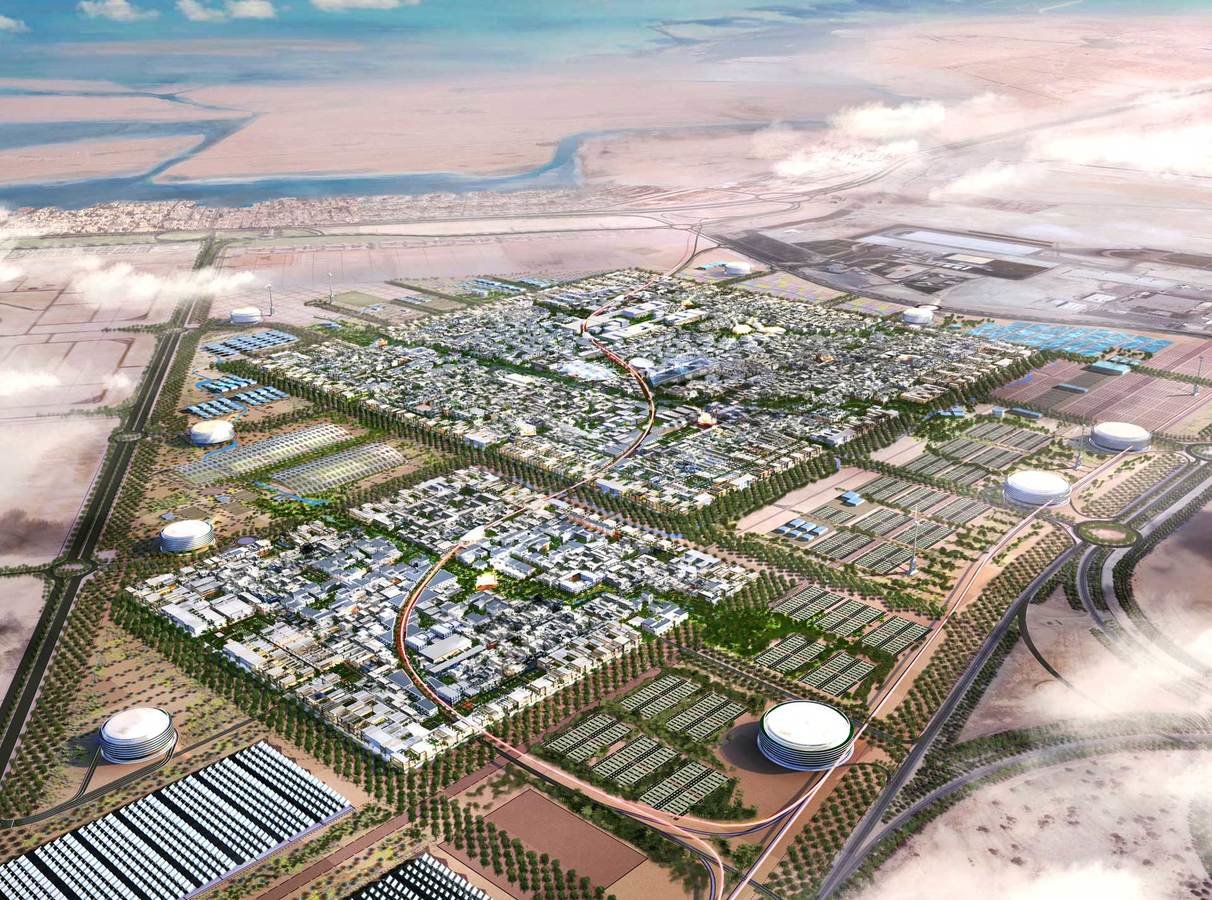
What is mature?
What is not?


- Microgeneration technology
- Primary source diversification
- Incentives and policies
- Enterprises and investors
- Real-time grid operation
- A technology to interconnect renewable sources
- A study of the stability/performance of the system
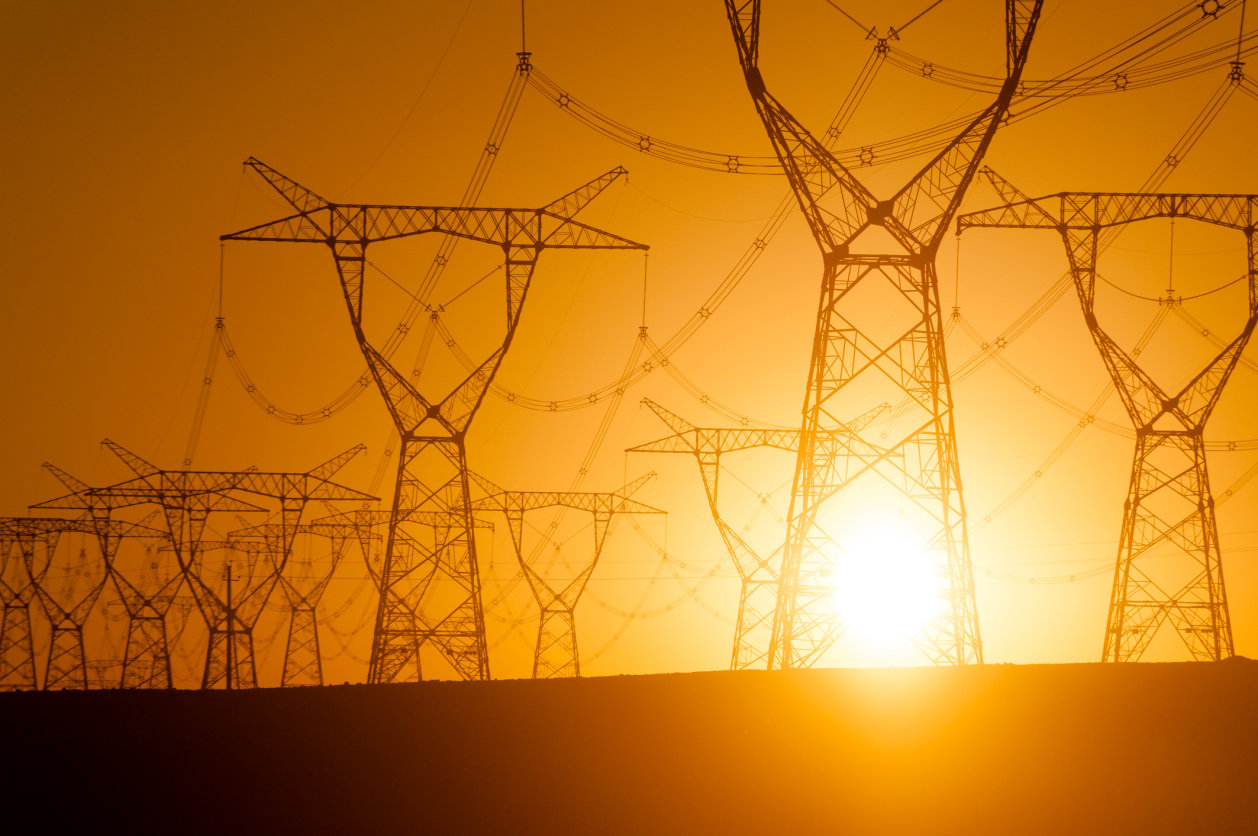
The Smart Grid challenge:
Virtual inertia for
increased frequency stability
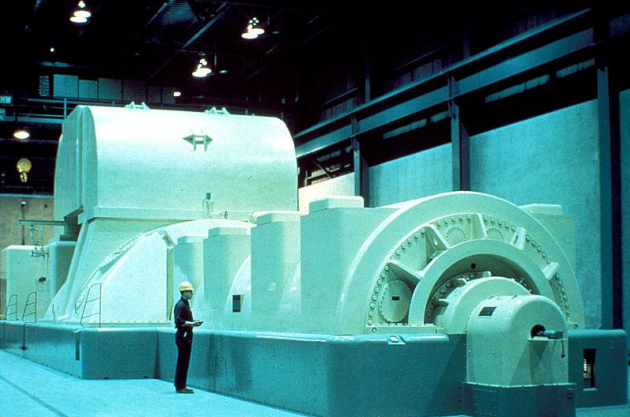
Traditional grid:
massive mechanical inertia that automatically compensates for power imbalance
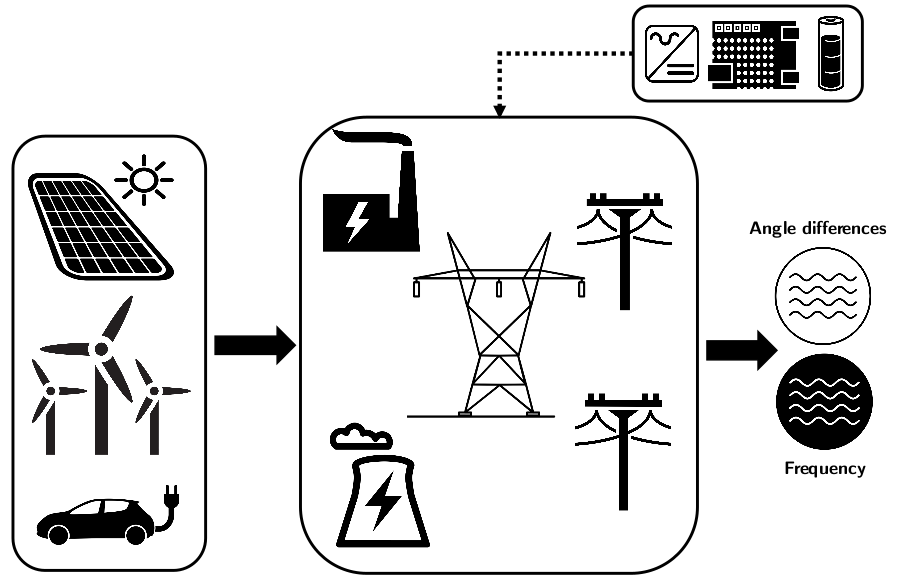
Future grid:
larger power imbalance
less mechanical inertia
one solution:
virtual inertia
Virtual inertia = real energy storage + power converter
Swing eq.
Goal:

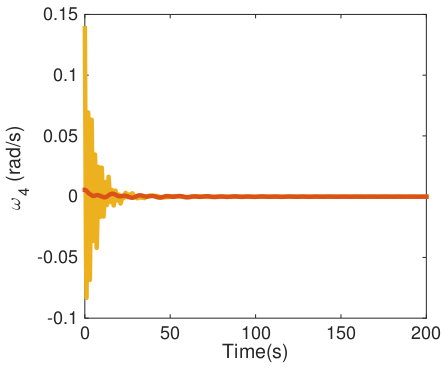
Advanced methods for numerical optimization
Analysis of a zero-inertia grid:
phasor-free models
Most power system models implicitly assume
quasi-sinusoidal operation at the nominal frequency
We need a model without these assumptions!

Synchronous generators
Power
converters
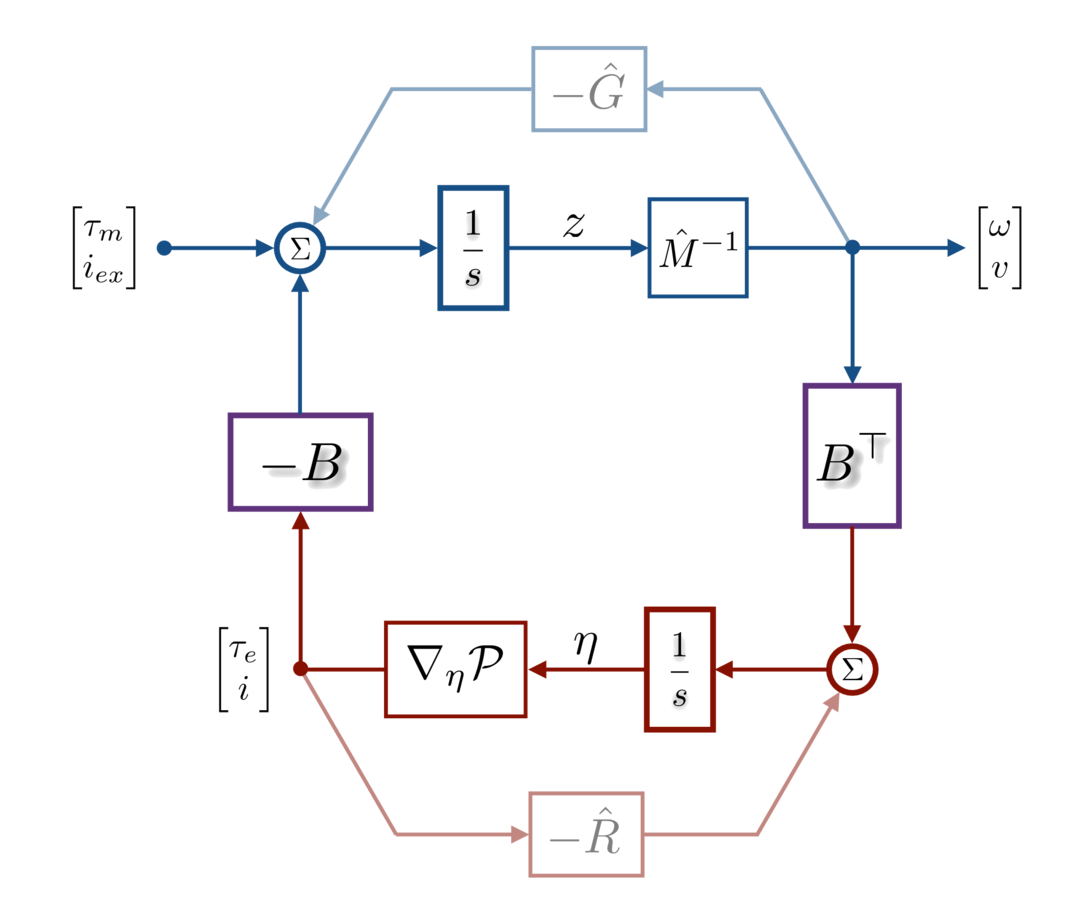
A port-Hamiltonian model for the power grid:
- explicit modeling of energy balance
- network of subsystems
- powerful tools for the analysis of the interconnection
A model for the design of new generation of grid controllers
Mathematical modeling
Synchronization in a zero-inertia grid:
virtual oscillators
How to synchronize power inverters?
Do we need to emulate synchronous generators?
Emerging limit cycles in nonlinear systems!

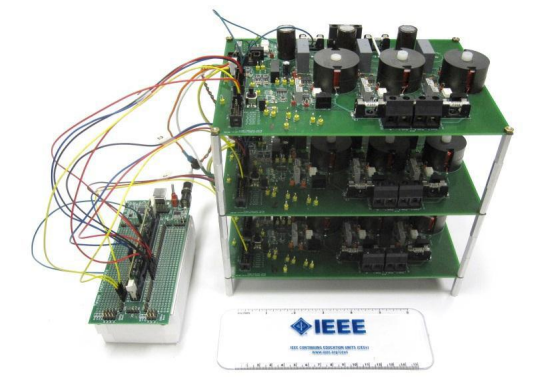
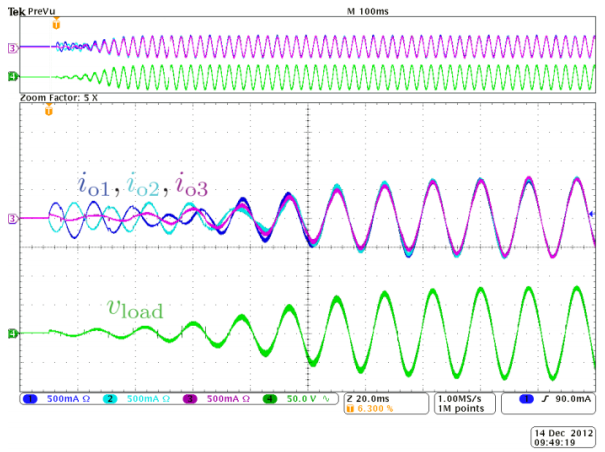
Nonlinear control design
Real-time power flow optimization
Typical grid optimization problem
sum of power generation costs
power generation limits
voltage contraints
thermal generator limits
power flow eq's!
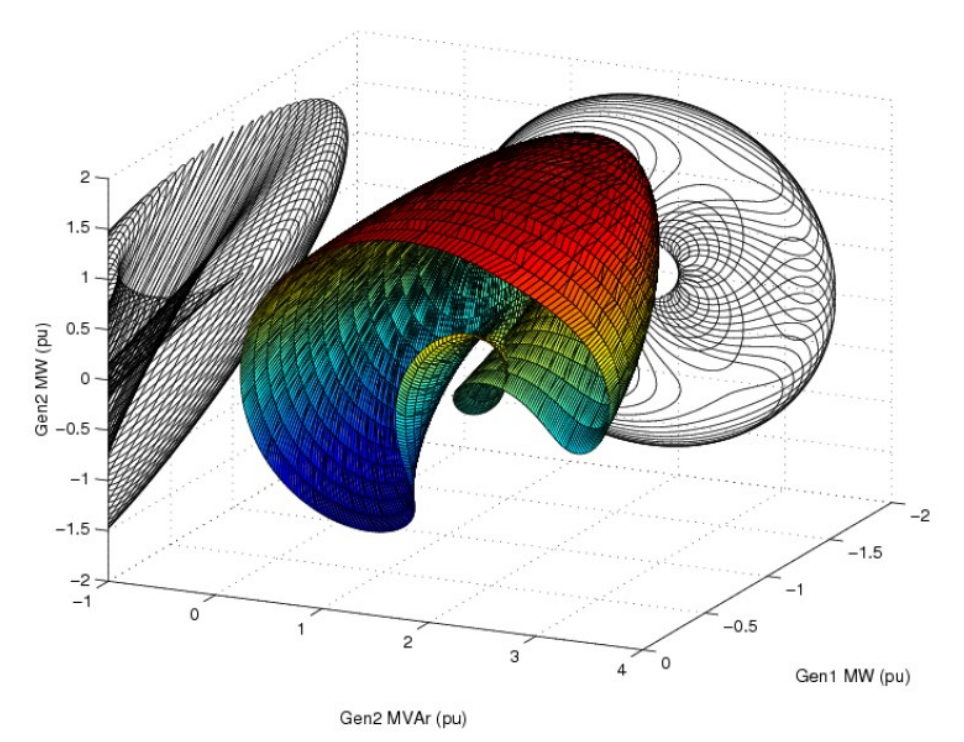
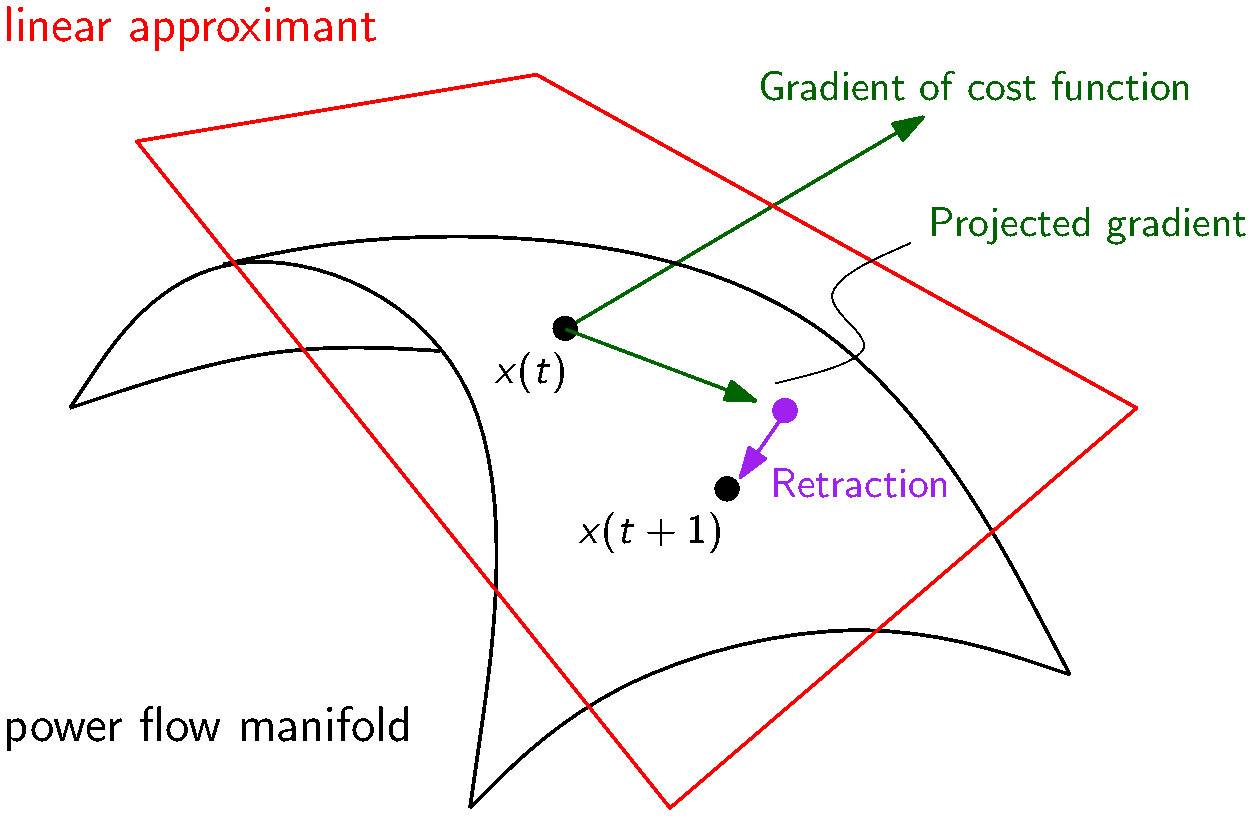
A highly nonconvex manifold!
Geometric methods for iterative optimization
Optimization theory
Questions?
Distributed control
Optimization theory
Nonlinear control design
Mathematical modeling
Advanced methods for numerical optimization